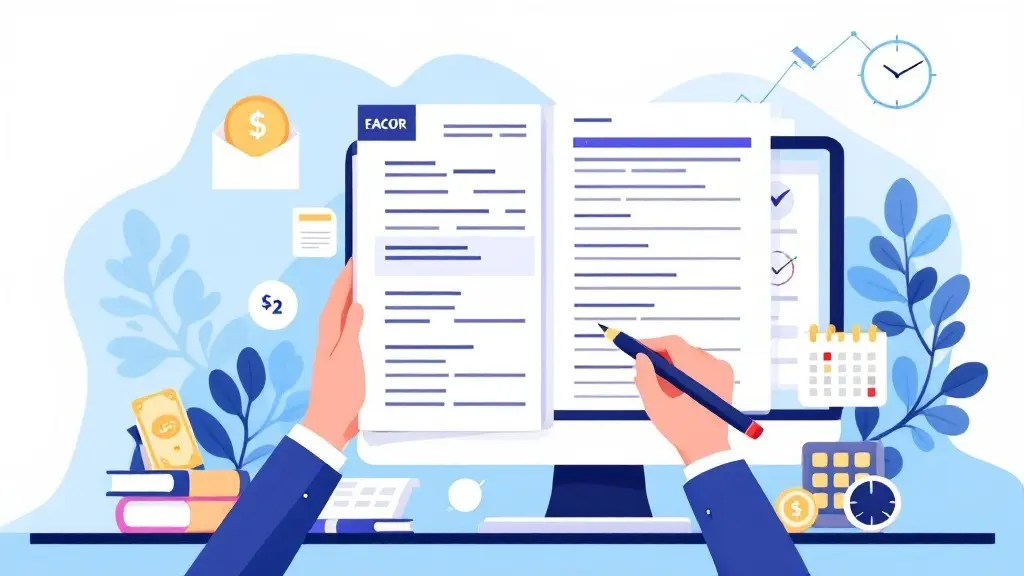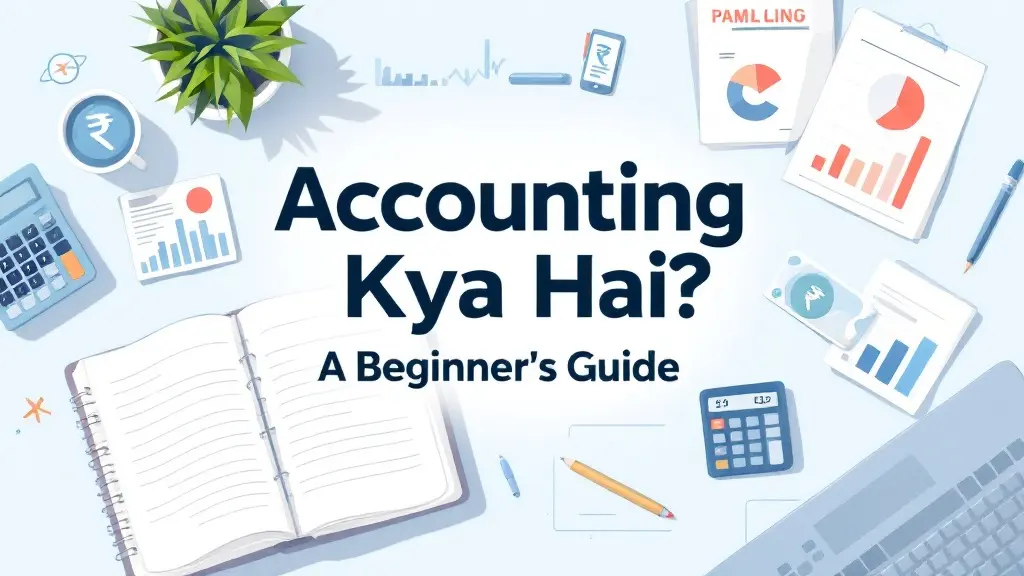CA Exam Pattern 2025: Complete Guide to Crack the Chartered Accountancy Journey
Table of Contents
Most Read
Introduction: Why Understanding the CA Exam Pattern Matters
[fusion_dropcap class="fusion-content-tb-dropcap"]I[/fusion_dropcap]f you are planning to become a Chartered Accountant in India, understanding the CA exam pattern is your first step towards success. With a syllabus that’s both broad and detailed, knowing how the exams are structured helps you strategize, prepare smarter, and avoid unnecessary surprises.
In this guide, we’ll break down the CA exam pattern stage by stage — Foundation, Intermediate, and Final — with tips to help you ace each one!
Overview of the CA Course Structure
The Chartered Accountancy course in India, governed by the Institute of Chartered Accountants of India (ICAI), is divided into three levels:
- CA Foundation (Entry-level test)
- CA Intermediate (Second stage)
- CA Final (Last hurdle before becoming a CA)
Each stage has its own unique exam pattern, subjects, and assessment style. Let’s explore each one in detail.
CA Foundation Exam Pattern
The CA Foundation is your entry into the world of Chartered Accountancy. It tests your basic knowledge and analytical skills.
Key Highlights:
- Mode of Exam: Offline (pen and paper-based)
- Medium: English or Hindi
- Type of Questions:
- Papers 1 & 2: Subjective
- Papers 3 & 4: Objective (Multiple Choice Questions – MCQs)
- Duration: 3 hours per paper (2 hours for objective papers)
- Total Marks: 400 (100 marks per paper)
Subjects and Paper Pattern:
| Paper No. | Subject | Type | Marks |
|---|---|---|---|
| 1 | Principles and Practice of Accounting | Subjective | 100 |
| 2 | Business Laws and Business Correspondence and Reporting | Subjective | 100 |
| 3 | Business Mathematics, Logical Reasoning, and Statistics | Objective (MCQ) | 100 |
| 4 | Business Economics and Business and Commercial Knowledge | Objective (MCQ) | 100 |
Important Note:
- Negative marking of 0.25 marks for each wrong answer in Papers 3 & 4.
- To pass the Foundation course, you need to score at least 40% in each paper and 50% aggregate overall.
CA Intermediate Exam Pattern
The CA Intermediate stage dives deeper into technical and practical aspects of accounting, law, taxation, and auditing.
Key Highlights:
- Mode of Exam: Offline (pen and paper-based)
- Medium: English or Hindi
- Type of Questions: Mix of Subjective and Objective (MCQs from May 2020 onwards for certain papers)
- Duration: 3 hours per paper
- Total Marks: 800 (100 marks per paper)
Group Structure:
The Intermediate level is split into two groups:
Group I:
- Accounting
- Corporate and Other Laws
- Cost and Management Accounting
- Taxation
Group II:
5. Advanced Accounting
6. Auditing and Assurance
7. Enterprise Information Systems and Strategic Management
8. Financial Management and Economics for Finance
Marking Scheme:
- Some papers like Corporate and Other Laws, and Strategic Management include 30% MCQs.
- Negative marking does not apply at the Intermediate level.
Passing Criteria:
- Minimum 40% marks in each paper
- Minimum 50% aggregate marks in each group
You can attempt one group at a time or both together based on your preparation strategy.
CA Final Exam Pattern
The CA Final is the ultimate level that tests your expertise and professional acumen.
Key Highlights:
- Mode of Exam: Offline (pen and paper-based)
- Medium: English or Hindi
- Type of Questions: Predominantly Subjective with some MCQs
- Duration: 3 hours per paper
- Total Marks: 800 (100 marks per paper)
Group Structure:
Group I:
- Financial Reporting
- Strategic Financial Management
- Advanced Auditing and Professional Ethics
- Corporate and Economic Laws
Group II:
5. Strategic Cost Management and Performance Evaluation
6. Elective Paper (Open Book Exam)
7. Direct Tax Laws and International Taxation
8. Indirect Tax Laws
Special Focus: Elective Paper (Paper 6)
- It’s an open-book exam.
- You can choose from electives like Risk Management, Economic Laws, Financial Services and Capital Markets, International Taxation, and more.
Passing Criteria:
- Minimum 40% marks in each paper
- Minimum 50% aggregate marks in each group
Key Changes to Keep in Mind (New Scheme 2024-25)
The ICAI has introduced certain changes under the New Education and Training Scheme effective from 2024. Here are the key updates:
- CA Foundation exam frequency: Three times a year (Jan/May/Sept).
- CA Intermediate and CA Final: Emphasis on case study-based MCQs.
- Introduction of Self-Paced Online Modules for advanced skill development.
- Mandatory completion of 4 online modules at Final level before appearing.
Tip: Always check the latest ICAI notifications to stay updated.
Practical Training Requirement
Apart from passing the exams, practical experience through Articleship training (3 years) is mandatory after passing either both groups or at least one group of CA Intermediate.
Your exam preparation must align with real-world exposure to gain a holistic understanding of accounting, finance, taxation, and audit.
Expert Tips to Crack the CA Exams
Mastering the CA exam pattern is just the beginning. Here are some practical tips to boost your success rate:
1. Plan Smartly
Create a realistic timetable covering theory, practice, and revisions. Focus more time on areas carrying higher marks or where you are weak.
2. Master the ICAI Material
ICAI’s study materials, practice manuals, mock tests, and RTPs (Revision Test Papers) are your best friends. Stick to these before exploring external references.
3. Practice Past Papers
Solve at least five years’ worth of previous exam papers. This helps you understand the question trends, examiners’ expectations, and time management.
4. Strengthen Conceptual Clarity
Blindly memorizing won’t help in the CA exams. Focus on understanding concepts thoroughly, especially in areas like Taxation, Auditing, and Financial Management.
5. Stay Updated with Amendments
Always be alert about the latest changes in laws, tax rates, and accounting standards. A wrong amendment can cost you precious marks!
6. Maintain Physical and Mental Health
CA preparation is a marathon, not a sprint. Regular exercise, healthy eating, and mindful breaks are crucial to avoid burnout.
Final Thoughts
Cracking the CA exams requires not just hard work but also smart planning. Understanding the CA exam pattern thoroughly gives you an edge, helping you channel your efforts where they matter most.
Whether you’re just starting with CA Foundation or preparing for your CA Final attempt, keeping the exam structure, marking scheme, and latest updates in mind is non-negotiable.
Stay consistent, stay updated, and believe in your journey — success will surely follow!
Frequently Asked Questions (FAQs)
Q1. How many attempts are allowed for CA exams?
There is no limit to the number of attempts, but candidates must complete the course within the maximum time frame allowed under the ICAI regulations.
Q2. Is negative marking applicable at all levels?
Negative marking applies only in CA Foundation’s objective papers (Papers 3 and 4). No negative marking at Intermediate and Final levels.
Q3. What is the minimum time to complete the CA course?
If cleared in the first attempt at each level, the CA course can be completed in 4.5 to 5 years.
Visit Our Website : Accounting24.in









